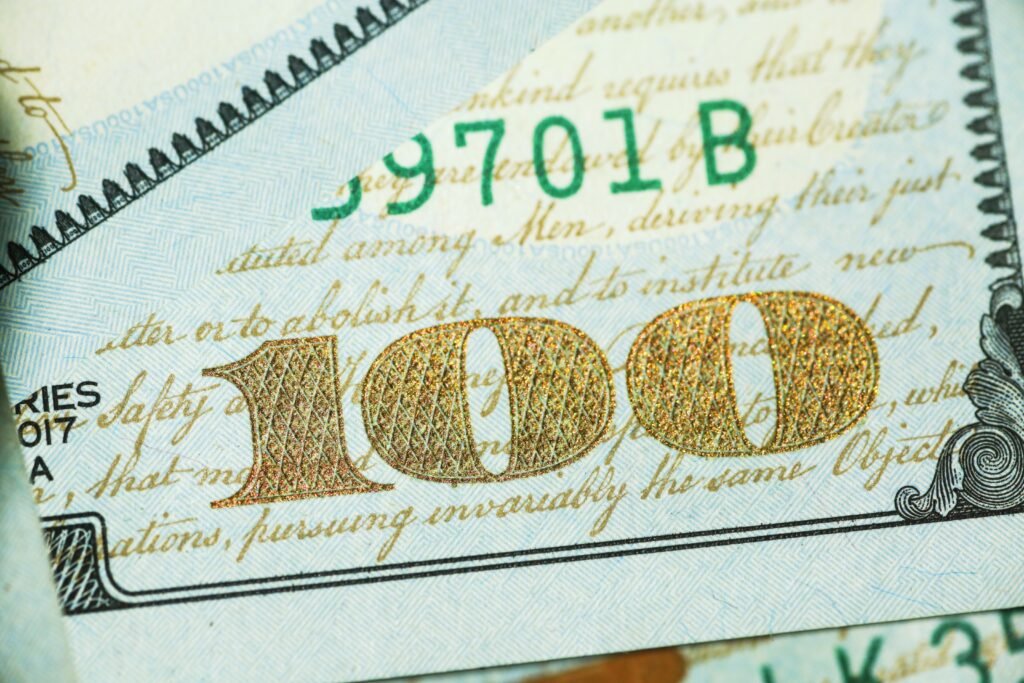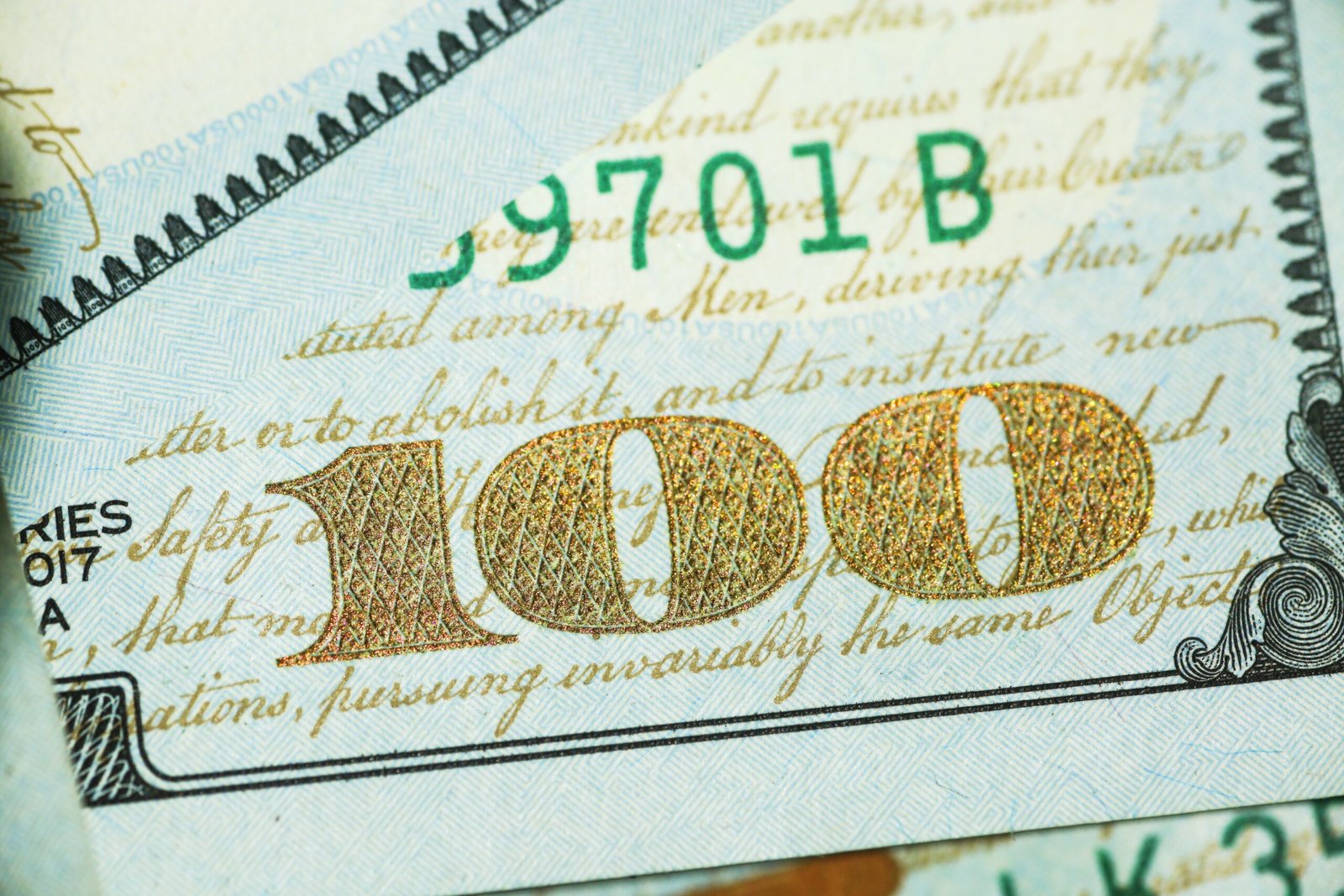In a scenario where an individual receives money on Cash App, the pressing question arises: how does one go about retrieving the funds? This article provides a concise guide for individuals seeking assistance on the process of accessing money that has been sent to them through Cash App. By following the outlined steps and utilizing the various features offered by the app, users can seamlessly navigate through the platform and retrieve their funds efficiently and securely.
Check Other Money Aesthetic Aricles
Understanding Cash App
What is Cash App?
Cash App is a mobile payment service that allows users to send and receive money quickly and conveniently. It was developed by Square Inc. and is available for both Android and iOS devices. Cash App provides a seamless and user-friendly platform for individuals to transfer funds, make payments, and manage their finances.
How does Cash App work?
Cash App works by linking to your bank account or debit card, allowing you to add funds to your Cash App balance. Once you have money in your Cash App account, you can easily send it to other Cash App users or make payments at participating merchants. Additionally, Cash App offers a free virtual debit card, called the Cash Card, which can be used for online and in-store purchases.
Can you receive money on Cash App?
Yes, Cash App allows users to receive money from other Cash App users. Whether you’re splitting a bill with a friend, receiving payment for goods or services, or simply receiving funds from family, Cash App provides a straightforward process for receiving money directly into your Cash App account.
Receiving Money on Cash App
Open the Cash App
To receive money on Cash App, the first step is to open the Cash App on your mobile device. If you don’t have the app installed, you can download it from the App Store or Google Play Store.
Link a bank account or debit card
Before you can receive money on Cash App, you need to link a bank account or debit card to your Cash App account. This is necessary to have a source from which to withdraw funds or add money to your Cash App balance.
Request the person to send money
Once your bank account or debit card is linked to Cash App, you can then request the person who wants to send you money to initiate the transaction. You can do this by providing them with your Cash App username or the email address or phone number associated with your Cash App account. They can then enter this information in their Cash App and send you the desired amount.
Accept the money
When someone sends you money on Cash App, you will receive a notification indicating the amount received. To accept the money, simply navigate to your Cash App balance and the received funds will be reflected in your account. You can choose to keep the money in your Cash App balance for future transactions or withdraw it to your linked bank account.

Check Other Money Aesthetic Aricles
Verifying the Transaction
Check your Cash App balance
After receiving money on Cash App, it is important to verify that the funds have been successfully added to your Cash App balance. You can do this by checking your Cash App balance, which is displayed prominently within the app.
Review the transaction details
To ensure accuracy, it is recommended to review the transaction details of the received funds. Cash App provides a transaction history feature where you can view the sender’s information, date, and amount of the transaction.
Confirm receipt of money
To confirm that you have received the money on Cash App, you may consider sending a notification or message to the sender. This will help maintain transparency and ensure that both parties are aware of the successful transaction.
Withdrawing Money from Cash App
Transferring funds to your bank account
To withdraw money from Cash App, you can initiate a transfer to your linked bank account. Simply navigate to the Cash App balance and select the option to transfer funds to your bank. Depending on your bank, it may take a couple of business days for the funds to appear in your bank account.
Using the Cash Card
Cash App offers a free virtual debit card called the Cash Card. This card is directly linked to your Cash App balance and can be used for online and in-store purchases. If you prefer to access your funds directly without transferring them to your bank account, you can use the Cash Card for your transactions.
Withdrawing money from an ATM
Cash App also allows users to withdraw cash from their Cash App balance using the Cash Card at ATMs. To do this, you need to activate the Cash Card and set up a PIN. Once activated, you can easily locate an ATM that accepts Cash App withdrawals and follow the instructions to withdraw the desired amount.

Check Other Money Aesthetic Aricles
Resolving Common Issues
Money not showing in Cash App
If the money sent to you is not showing in your Cash App balance, there could be several reasons for this issue. Firstly, ensure that you have a stable internet connection and that your Cash App is up to date. If the problem persists, contact Cash App support for assistance.
Contacting Cash App support
If you encounter any issues or have questions regarding your Cash App transactions, you can contact Cash App support for assistance. Cash App offers customer support through their app and website, providing users with prompt and reliable assistance.
Checking if the sender used correct information
In some cases, the sender might have mistakenly used incorrect information when sending money on Cash App. If you don’t receive the funds, double-check with the sender to confirm if they used your correct Cash App username, email address, or phone number. Rectifying any errors in the provided information can help ensure a successful transfer.
Security Measures
Protecting your Cash App account
Cash App prioritizes the security of user accounts and provides various measures to safeguard your personal and financial information. It is recommended to enable features such as two-factor authentication and biometric verification to add an extra layer of security to your account. Moreover, it is essential to keep your login credentials confidential and avoid sharing them with others.
Avoiding scams and fraudulent transactions
To minimize the risk of falling victim to scams or fraudulent transactions, users should exercise caution when transacting on Cash App. Be wary of unsolicited requests for money, suspicious links, or requests for personal information. Cash App will never ask for your account information or password outside of the app, so it’s important to stay vigilant and report any suspicious activity.

Cash App Fees and Limitations
Understanding Cash App fees
Cash App imposes certain fees on specific transactions. While sending and receiving money from friends and family is generally free, Cash App charges a fee for instant transfers, business payments, and some other specialized transactions. It is advisable to review the Cash App fee schedule to understand the charges associated with different types of transactions.
Limitations on receiving money
Cash App sets certain limitations on the amount of money users can receive within a specific time frame. These limitations primarily depend on factors such as user verification, transaction history, and the source of funds. It is recommended to review the Cash App terms and conditions to understand the specific limitations applicable to your account.
Currency restrictions
Cash App only supports transactions in United States Dollars (USD). Therefore, it is important to ensure that both the sender and recipient are using USD as the currency for transactions. If there is a need for currency exchange or international transactions, alternative payment methods may be more suitable.
Alternatives to Cash App
Exploring other mobile payment apps
While Cash App offers a comprehensive range of features, there are alternative mobile payment apps available in the market. Some popular alternatives include PayPal, Venmo, Google Pay, and Apple Pay. It is worth exploring these options to identify the app that best suits your needs in terms of features, fees, and user experience.
Comparing features and fees
When considering alternatives to Cash App, it is essential to compare the features and fees of different mobile payment apps. Each app may offer unique capabilities, such as international transactions or additional security measures, which may be more beneficial depending on your specific requirements. By carefully reviewing and comparing the features and fees of different apps, you can make an informed decision that aligns with your needs.
Tips for Smooth Transactions
Keep your account information updated
To avoid any transaction-related issues, it is important to keep your Cash App account information updated. This includes ensuring that your linked bank account or debit card information is current and accurate. By regularly reviewing and updating your account information in Cash App, you can ensure a smooth and hassle-free transaction experience.
Check payment requests carefully
When receiving requests for payments on Cash App, it is crucial to review the details carefully before proceeding. Double-check the recipient’s information, payment amount, and any additional notes or descriptions provided. This will help prevent any accidental payments or potential misunderstandings.
Communicate with the sender
Open communication with the sender is key to ensuring a smooth transaction process. If you encounter any issues or have questions regarding the transaction, don’t hesitate to reach out to the sender for clarification. By maintaining clear and effective communication, you can quickly address any concerns and ensure a successful transaction.
Using Cash App for Business
Accepting payments as a business
Cash App provides businesses with the option to accept payments from customers. This feature allows businesses to conveniently receive payments for goods or services directly into their Cash App account. By enabling this functionality, businesses can offer their customers a quick and secure payment option.
Setting up business profiles on Cash App
To use Cash App for business purposes, it is recommended to create a separate business profile within the app. This separate profile will allow you to keep your personal and business finances separate. Additionally, you can customize your business profile with your logo or business information to provide a professional touch.
Maintaining transaction records
When using Cash App for business, it is important to maintain accurate and up-to-date transaction records for accounting and tax purposes. Cash App provides an option to export transaction histories, making it easier to track and reconcile your business finances. Regularly reviewing and organizing your transaction records will help ensure smooth financial management for your business.
In conclusion, Cash App offers a convenient and user-friendly platform for individuals to send and receive money. By following the steps outlined above, users can easily receive money on Cash App, verify transactions, withdraw funds, and resolve any common issues that may arise. It is important to prioritize security measures and adhere to the guidelines provided by Cash App to ensure a safe and seamless experience. While Cash App is a popular mobile payment app, exploring alternatives and considering individual needs and preferences can further enhance the payment experience. Whether for personal or business use, Cash App provides a versatile and efficient solution for managing financial transactions.











